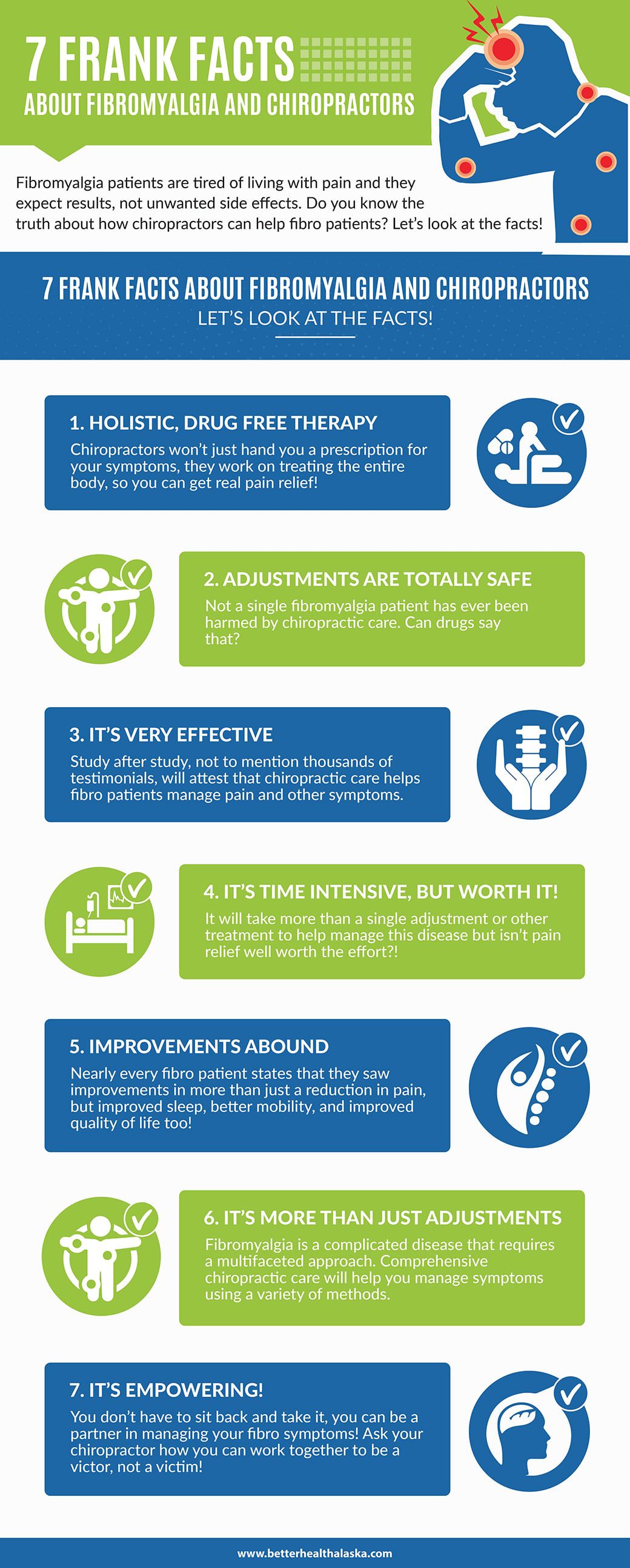Prepare To Discover The Fascinating Mobile Communications Of Cold Laser Treatment And How It Utilizes Light For Recovery-- Dive Deeper Right Into The Science!
Prepare To Discover The Fascinating Mobile Communications Of Cold Laser Treatment And How It Utilizes Light For Recovery-- Dive Deeper Right Into The Science!
Blog Article
Uploaded By- see this site may have heard of cold laser treatment as an appealing treatment alternative for different problems, however have you ever before questioned exactly how it in fact works on a cellular level? Understanding the systems behind this treatment can clarify its performance in promoting healing and minimizing inflammation. By exploring the scientific research behind cold laser treatment, you'll acquire insights right into the fascinating ways in which light can influence mobile processes and promote tissue fixing.
Exactly How Cold Laser Treatment Functions
To recognize how cold laser therapy works, you need to grasp the fundamental concepts of exactly how light energy engages with biological cells. Cold laser therapy, likewise referred to as low-level laser therapy (LLLT), makes use of details wavelengths of light to penetrate the skin and target underlying tissues. Unlike the extreme lasers utilized in procedures, cold lasers give off reduced degrees of light that do not produce heat or trigger damages to the cells.
When these gentle light waves reach the cells, they're absorbed by components called chromophores, such as cytochrome c oxidase in mitochondria. This absorption sets off a collection of biological actions, consisting of raised cellular energy manufacturing and the release of nitric oxide, which improves blood flow and minimizes swelling.
Moreover, the light power can also stimulate the production of adenosine triphosphate (ATP), the power money of cells, assisting in mobile repair service and regeneration processes.
Basically, cold laser treatment harnesses the power of light power to promote recovery and ease pain in a non-invasive and gentle manner.
Devices of Action
How does cold laser therapy really function to generate its restorative results on organic tissues?
Cold laser treatment, likewise referred to as low-level laser therapy (LLLT), runs through a procedure known as photobiomodulation. When the cold laser is applied to the skin, the light energy passes through the cells and is taken in by chromophores within the cells.
go to the website , such as cytochrome c oxidase in the mitochondria, are after that stimulated by the light energy, leading to a waterfall of organic responses. One essential device of activity is the enhancement of cellular metabolic process.
The soaked up light power increases ATP production in the mitochondria, which is crucial for cellular function and repair service. In addition, cold laser therapy assists to minimize inflammation by inhibiting inflammatory mediators and advertising the launch of anti-inflammatory cytokines.
This anti-inflammatory result adds to discomfort relief and cells recovery.
Therapeutic Impacts
Understanding the therapeutic results of cold laser treatment entails recognizing how the enhanced cellular metabolic process and anti-inflammatory residential or commercial properties contribute to its favorable end results on organic tissues.
When the cold laser is related to the damaged area, it stimulates the mitochondria within the cells, causing raised manufacturing of adenosine triphosphate (ATP), which is critical for cellular function and repair work. Link Website in cellular power increases the recovery procedure by promoting tissue regrowth and minimizing inflammation.
Moreover, the anti-inflammatory residential properties of cold laser treatment aid to reduce discomfort and swelling in the targeted location. By preventing inflammatory conciliators and promoting the release of anti-inflammatory cytokines, cold laser treatment aids in reducing discomfort and boosting the overall recovery feedback.
This reduction in inflammation not only offers immediate relief but likewise sustains lasting tissue repair service.
Conclusion
Finally, cold laser treatment functions by promoting mobile repair work and tissue regrowth through photobiomodulation. Its anti-inflammatory residential properties supply discomfort alleviation and reduce swelling by hindering inflammatory conciliators.
This treatment offers a detailed strategy to healing, providing both immediate relief and lasting tissue repair service advantages.
Via its mechanisms of activity, cold laser therapy confirms to be an efficient and appealing therapy option for a range of problems.
